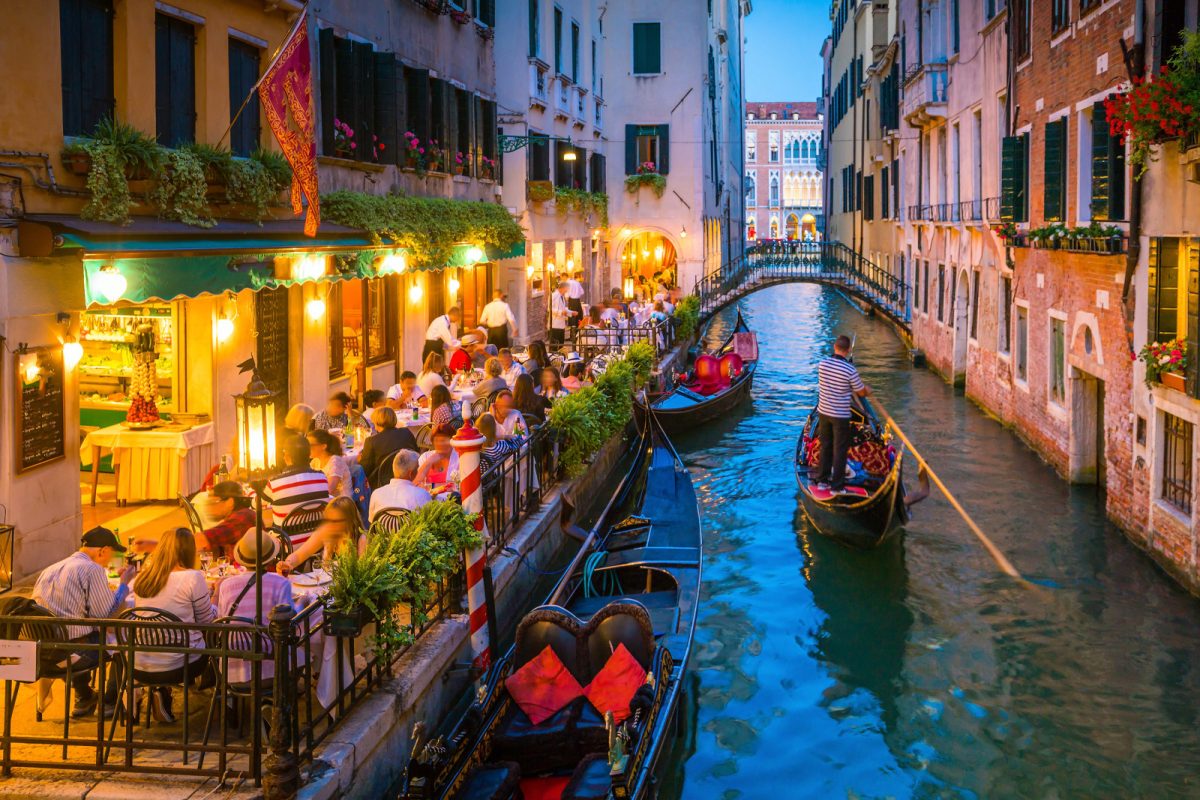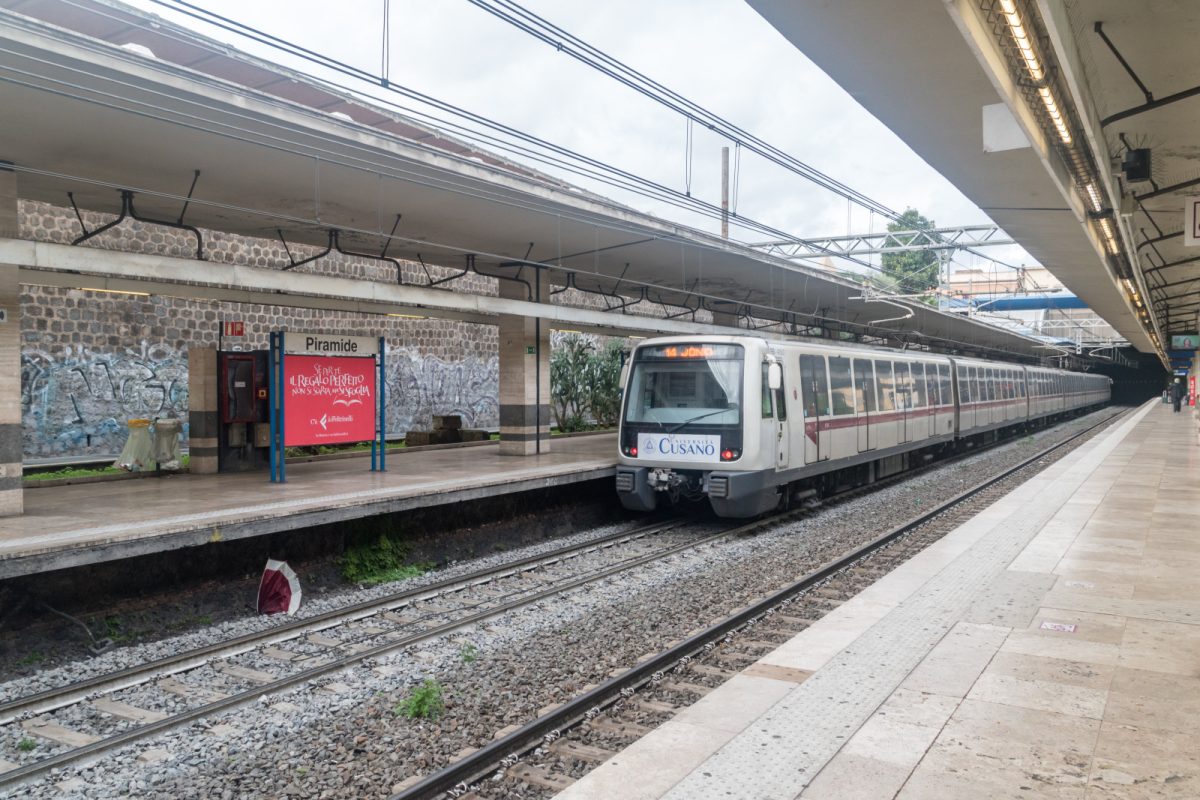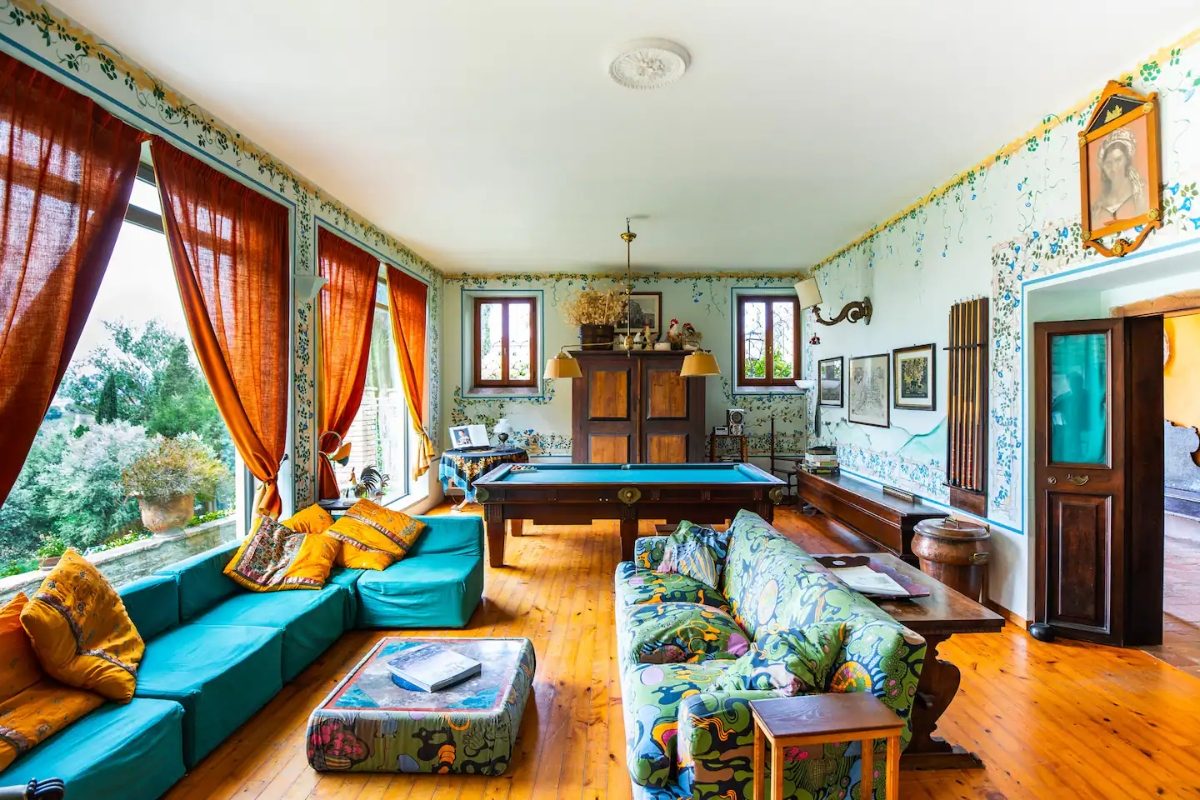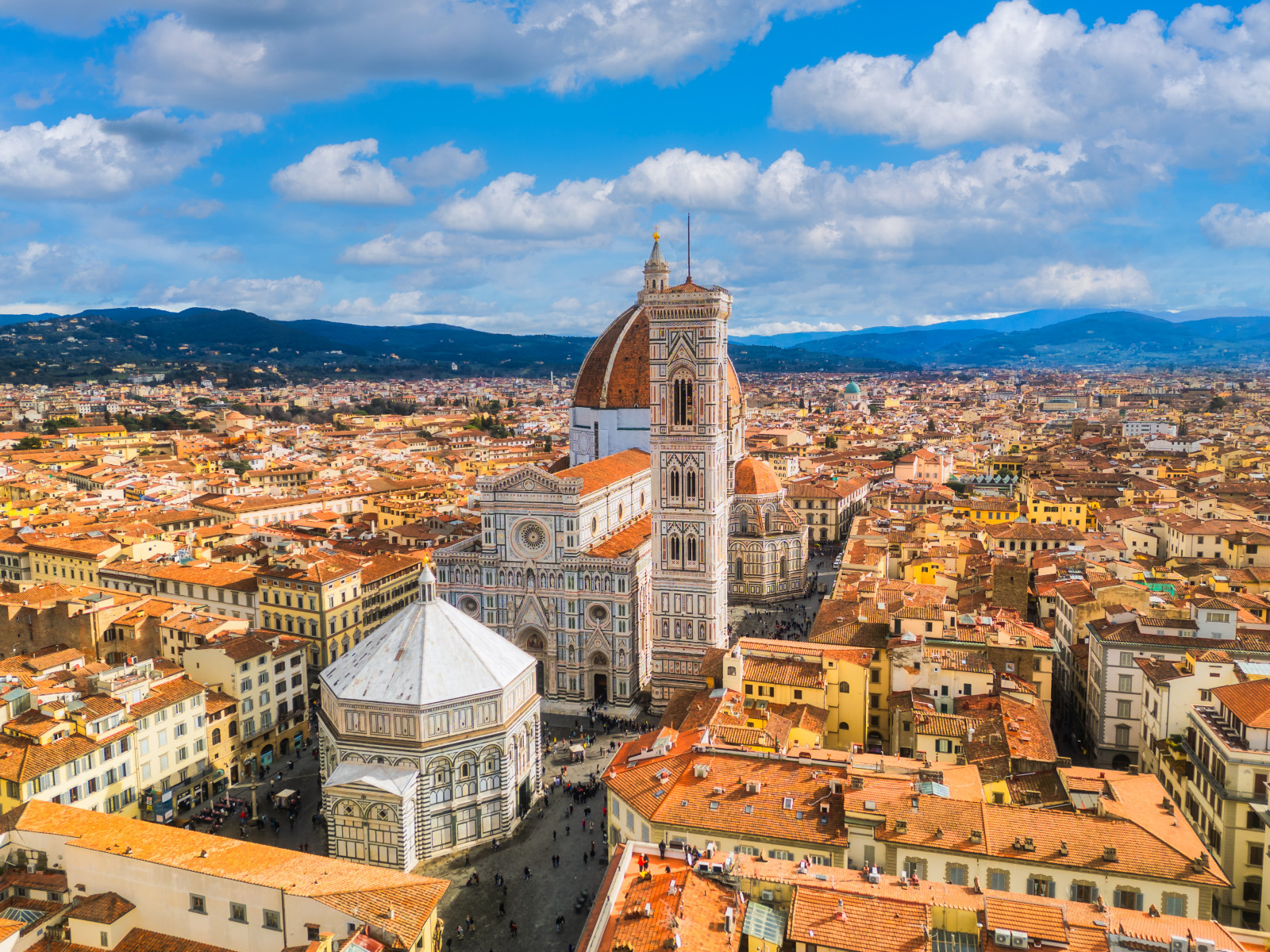Traveling to Italy on a budget is possible and can be a rewarding experience. By making savvy choices, such as staying in hostels or budget accommodations and taking advantage of the efficient and affordable train system, you can enjoy the splendors of Italy without breaking the bank. Imagine wandering through the historic streets of Rome, savoring a delicious Margherita pizza for just a few euros, or soaking up the sun on the scenic beaches at no cost.
Your journey can be further enhanced by exploring less touristy yet equally enchanting destinations like Valdobbiadene in Veneto, known for its sparkling wines at budget-friendly prices. Additionally, indulging in simple local cuisine, using public transportation, and opting for free activities like hiking and city walking tours can make your trip both enjoyable and economical.
Making the most of your Italian adventure involves careful planning and smart budgeting. By leveraging resources such as Trenitalia.com for train routes and opting for metro systems within cities, you stand to save significantly on transportation costs. This way, you can focus on what matters most – experiencing the rich culture and breathtaking landscapes without financial strain.
Affordable Accommodation

When traveling to Italy on a budget, finding affordable accommodation is key. You have several options that can help you save money while still enjoying a comfortable stay.
Budget hotels expect to pay between 70 and 125 EUR per night. Cities like Rome and Venice tend to have higher prices, especially in the summer months.
Consider staying in hostels, where prices are generally lower. Dormitory-style rooms offer the lowest rates, starting around 20-30 EUR per night.
Agriturismo (farm stays) can be another cost-effective option. These rural accommodations often offer more affordable rates compared to urban hotels. Plus, you can experience local life and sometimes enjoy homemade meals.
Religious guesthouses, such as monasteries and convents, also provide budget-friendly stays. Though sparse in amenities, they often charge lower rates and offer a unique, peaceful experience.
Camping is another budget-friendly choice. Italy’s campsites offer various amenities and are a great way to enjoy the natural beauty while keeping costs down.
Expect to pay 10-30 EUR per night for a tent pitch. Booking in advance can often save you money, no matter what type of accommodation you choose.
Lastly, platforms like ItaliaHotels and Italiarail allow you to browse a wide range of budget accommodations. These sites let you compare prices and find deals tailored to your budget. Staying in smaller towns can also cut costs, as they typically have lower accommodation prices than big cities.
Cheap Eats

Eating in Italy can be surprisingly affordable if you know where to look. Many cities offer budget-friendly options that allow you to experience delicious Italian cuisine.
Pizza by the Slice

Pizza al taglio, or pizza by the slice, is popular. Depending on the location and toppings, a single slice can cost as little as €2-3.
Street Food

Italian street food offers numerous inexpensive choices. Arancini (fried rice balls), panzerotti (fried dough with fillings), and supplì (rice croquettes) are all budget-friendly snacks.
See Related: Top Family-Friendly Road Trips in Italy for Summer
Trattorias and Osterias

Look for trattorias and osterias, which are traditional Italian eateries. These places often serve hearty meals at a fraction of the price of a more formal restaurant.
- Pasta dishes can range from €8-12.
- Margherita pizza costs around €6-8.
Markets

Visiting local markets is another great way to save on food. Fresh bread, cheeses, and meats are commonly available, providing all you need for a cheap and delicious meal.
Fixed-Price Menus

Many restaurants offer fixed-price menus (menù fisso) during lunch hours. These menus usually include a first and second course, water, and sometimes wine for around €10-15.
Self-Catering

Like an Airbnb, staying in accommodations with kitchen facilities allows you to cook meals. This can significantly reduce food costs, especially if you shop at local markets or supermarkets.
Drinks

When dining out, ask for tap water (acqua del rubinetto) instead of bottled water to avoid extra charges. Enjoy house wine (vino della casa), which is typically cheaper and just as good as bottled options, costing about €5-8 per glass.
See Related: Must-Visit Hidden Gems in Italy for This Year
Budget-Friendly Transportation

With the right strategies, traveling around Italy on a budget is feasible and enjoyable. Public transport offers several economical options to help you explore the country without breaking the bank.
Trains

Italy’s train network is extensive and efficient. Regional trains (Regionale) are the cheapest and ideal for short distances.
Bookings on high-speed trains (Frecciarossa or Italo) can save you money for longer journeys. Look out for deals on Trenitalia or Italo websites.
Buses and Trams

Public buses and trams are economical in cities like Rome, Milan, and Florence. A single ride usually costs around €1.50. Consider purchasing daily or multi-day passes for unlimited travel over a certain period, reducing costs if you’re sightseeing extensively.
Metro

Major cities like Rome, Milan, and Naples offer metro systems. A single underground ticket costs approximately €1.50 to €2. Daily passes, which cost around €4 to €15, can save you money if you plan multiple daily trips.
Boats and Ferries

Boats provide an inexpensive way to get around cities with water routes like Venice. A single Vaporetto ride in Venice costs around €7.50. Consider a Tourist Travel Card, which offers unlimited travel on ACTV services for 1-7 days.
Bikes

Cycling is budget-friendly and a great way to see the sights. Many cities offer affordable bike-sharing schemes, and bikes can often be rented for €10 to €20 per day.
Walk

Maximize your savings by walking whenever possible. Italy’s cities are pedestrian-friendly, and walking is often the best way to soak local culture and scenery for free.
Free Attractions

Explore Roman Ruins for Free

Rome’s historical landmarks, such as the Pantheon and the Spanish Steps, are free to visit. Walk through these ancient sites to immerse yourself in history without spending a dime.
Visit Stunning Churches

Italy’s numerous churches are architectural masterpieces. The Florence Duomo, St. Mark’s Basilica in Venice, and many others offer free entry. Remember to dress modestly to show respect.
Public Parks and Gardens

Enjoy the lush greenery of Italy’s public gardens. The Borghese Gardens in Rome and the Boboli Gardens in Florence are perfect for a stroll, and entry is free on certain days.
Admire Art on the Streets

Many Italian cities have open-air museums. Florence’s streets are filled with sculptures, while street art in Rome adds a modern twist. Wandering around costs nothing and offers a rich cultural experience.
Attend Festivals and Events

Look out for local festivals, which can provide free entertainment. Events like the Venice Carnival or Siena’s Palio horse race allow you to soak up Italian culture without spending money.
Appreciate the Views

Marvel at breathtaking vistas from Piazzale Michelangelo in Florence, Janiculum Hill in Rome, and the Amalfi Coast. These viewpoints are free to access and offer stunning photo opportunities.
Street Performers and Free Concerts

You can often find talented street performers in cities like Naples and Florence. Additionally, some towns hold free concerts in public squares, giving you access to live music without the cost.
Free Museum Days

Many Italian museums offer free entry on specific days. For example, state museums in Florence waive fees on the first Sunday of each month. Plan your visit accordingly to save money.
Beach Days

If you’re visiting coastal areas, enjoy the free public beaches. Places like Cinque Terre and Sardinia have beautiful beaches where you can relax and swim without any entrance fee.
See Related: Two Weeks in Italy Itinerary: The Perfect Family Adventure
Money-Saving Travel Hacks

Traveling to Italy on a budget is possible with a few smart strategies.
Travel Off-Peak Season

Heading to Italy during the shoulder seasons, like April to June or September to October, can save you money. Flights and accommodation prices are lower, and popular spots like the Amalfi Coast are less crowded.
Use Public Transportation

Buying daily or multi-day transit passes can be cost-effective if you plan to use public transport frequently. For instance, Rome’s €7 24-hour pass offers unlimited travel on buses, metros, and trams, compared to paying €1.50 for each ride.
Opt for Budget Accommodations
Book Flights in Advance

Consider staying in hostels, budget hotels, or even Airbnb rentals. These options can be significantly cheaper than traditional hotels. Camping is another affordable option, with many campgrounds providing basic amenities at a fraction of the cost.
Read Also: The New High-Speed Train Route Revolutionizing Travel in Italy

Flights can be one of the biggest expenses. Book your flights several months before using fare comparison websites to find the best deals. Alternatives like flying into less popular airports and using budget airlines can save money.
Eat Smart

Dining out in Italy can add up, but there are ways to eat deliciously without breaking the bank. Frequent local markets and grocery stores for fresh, affordable produce and deli items.
Munch on pane e salame (bread and salami) or local cheese for budget-friendly meals. Street food and smaller trattorias often offer tasty dishes cheaper than more touristy restaurants.
Take Advantage of Free Attractions

Many of Italy’s most stunning attractions are free or have free admission days. Enjoy the beauty of parks, squares, and centuries-old churches. Check museum websites for free entry days, often offered monthly.
Pack Efficiently

Bring reusable water bottles, as tap water is safe and free. This simple act avoids the cost of bottled water and is environmentally friendly.
Carry snacks for the day to avoid pricey tourist spot eateries. Free walking tours are available in many cities, offering a cost-free way to explore and learn about the sights.


0 Comment